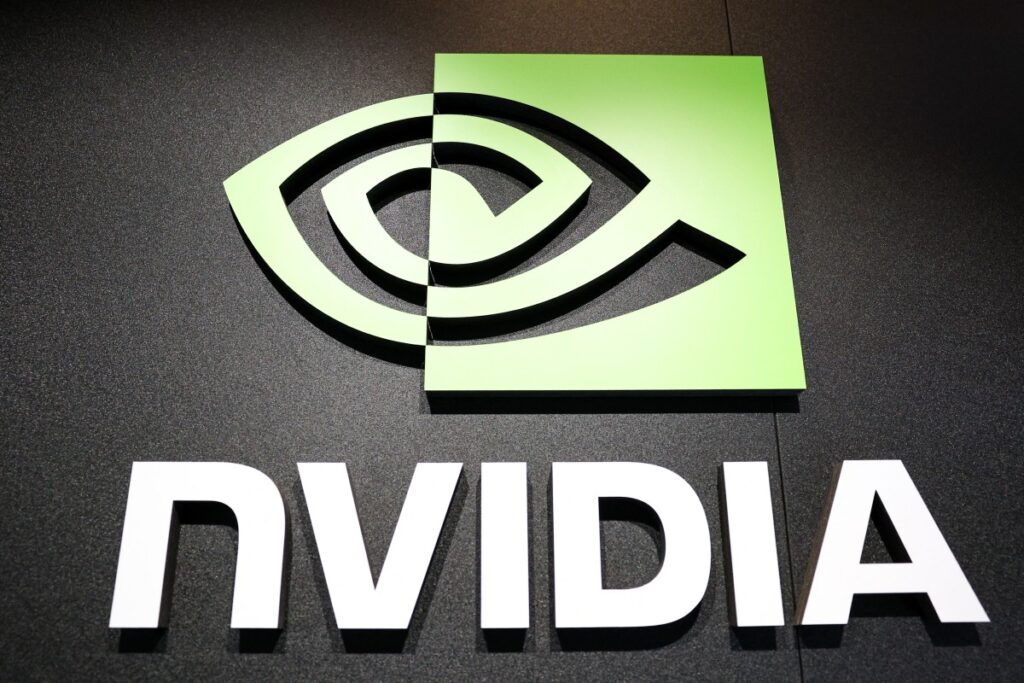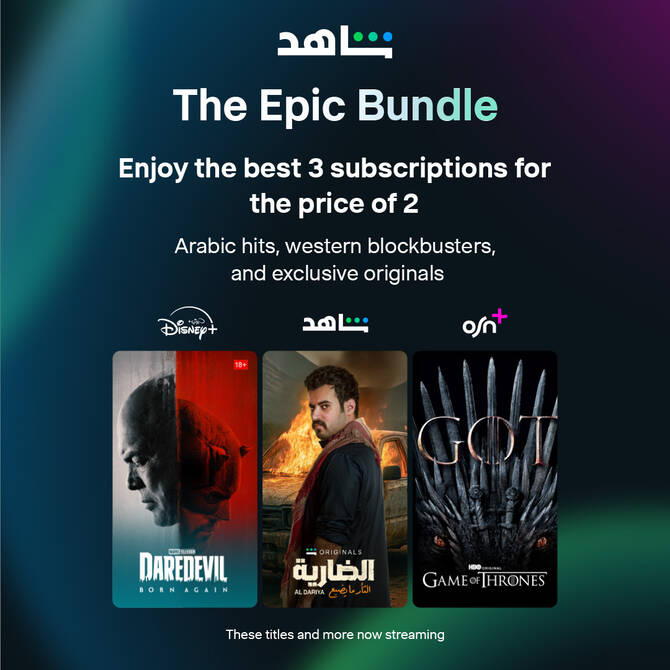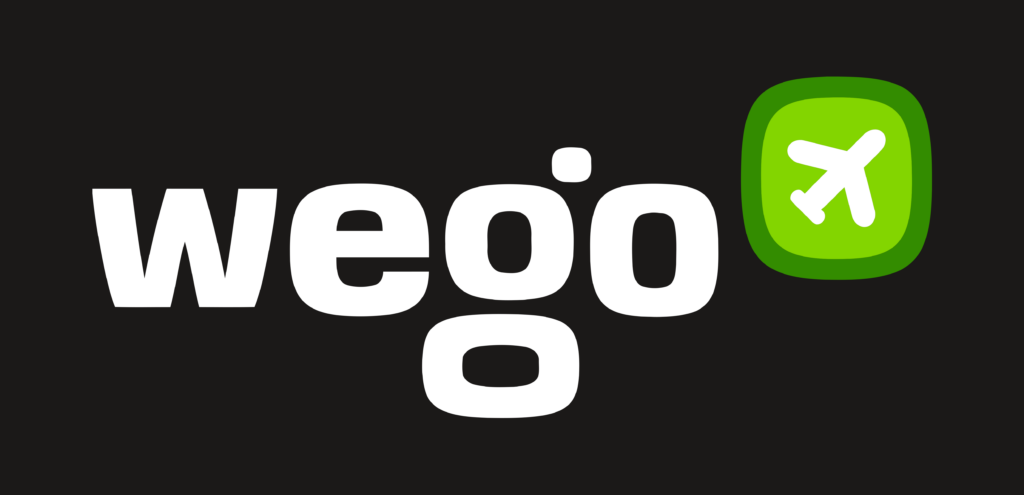Sarah Personette is Facebook’s head of global business marketing and was the opening keynote speaker at Festival of Media MENA, which was held in Dubai this April. She chats with us about branded content on Facebook and how platforms like it have changed the creative approach of marketers.
Is innovation making the job of a marketer more difficult or simpler?
As a marketer, it can be really humbling to think about the speed of change occurring within the marketing industry. There are constant conversations around disruption and innovation, whether it’s in Silicon Valley or around the world. Yet, at the same time, I genuinely believe it is the golden age of media. In the past, marketers dreamed of creating personal relationships between brands and consumers and that is now possible due to the shift to mobile, the rise of video on mobile platforms and a personalized Facebook newsfeed. This combination of capabilities empowers marketers to add value to a consumer’s life.
How can brands make better use of Facebook’s offerings to personalize their campaigns?
It’s about how a brand can add as much value and utility to an individual as possible. If you think about the 1.39 billion people on the platform – 79 million in the Middle East – there is a massive shift to mobile, which has enabled us to be personally relevant to users. Moreover, video content has increased by 138 percent each year in this region alone and increases by 75 percent per year globally. Video allows for an incredible canvas for brands to tell a story. On top of that, there are targeting tools that allow marketers to think in a detailed way about who they want to talk to and why and so, they can create a message or creative that is highly relevant and personal. So when you marry scale, mobile, video and personalization through the targeting capabilities in a privacy-protected way, marketers are able to think about personalization and scale.
What does the future of marketing look like?
It is headed straight toward personalization and the development of the idea behind personalized marketing, but with more reach and depth. Marketers who are thinking about broadcasting have to reorient themselves to think about what they already know about the audience and everything that used to be in a creative brief – such as the psychographics and demographics of an audience – and then think about how they can mirror that.
The most important thing is that marketers’ thought processes should start with people and thinking about how to craft a message or how to interact or build a relationship with the audience. We are going to see more examples like Lexus, which launched a car in the first quarter of this year, where the brand looked at its target audience and developed 1,000 pieces of individual creatives, utilizing Facebook’s targeting tools to deliver the most relevant ad to that person, based on their interest, location and what car they are currently driving. So that’s personalized marketing at scale, where you are reaching millions of people, but in a way that touches their life.
How has the traditional creative process changed due to mobile?
For instance, Etihad wanted to help Indian expatriates [in the UAE] who wanted to get home to their families for Diwali. It created content on Facebook that helped them do that. The campaign ended up driving an incredible return on investment for Etihad. The challenge is to think through meaningful insights around your [brand’s] customer base, which will enable you to truly be respectful of that audience and to add utility and value to their newsfeed.
Last year and this year, specifically, at Cannes, the bar continues to be raised as people are designing for a mobile screen and for personally relevant newsfeeds. It requires the sophistication of the creative world to think about data, to understand how to articulate the insight and build around that insight so that it can be delivered through targeting capabilities. That is the future of storytelling. Every brand needs to find out what works for it. In the case of Etihad, it was a few pieces of creative that connected with a specific audience in a relevant way. For Lexus, it was a 1,000 pieces.
Moreover, today, the ability of technology to create and shoot beautiful creatives is a lot more efficient than it’s ever been and that will play a role in the future of storytelling and the gorgeous work that can be created.





